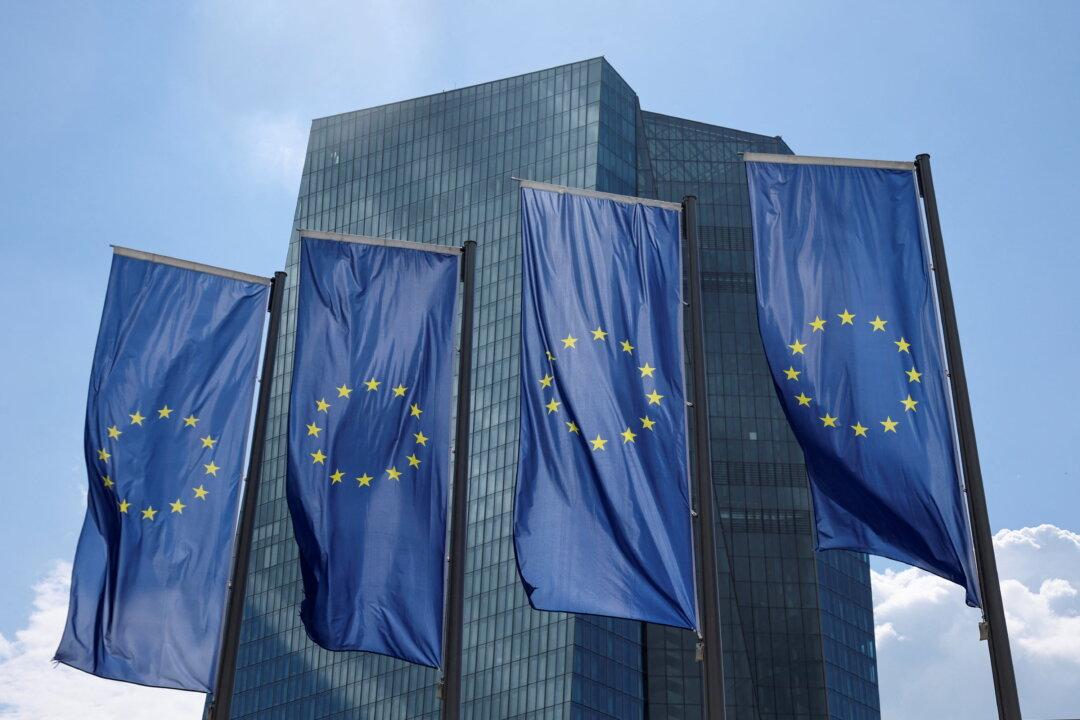
European Union flags are seen in front of the European Central Bank (ECB) building, in Frankfurt, Germany, on July 21, 2022. Wolfgang Rattay/Reuters
Eurozone inflation rose above 10 percent this month as economies across the 19-nation bloc begin to slow.
Bryan S. Jung is a native and resident of New York City with a background in politics and the legal industry. He graduated from Binghamton University.
Author’s Selected Articles





